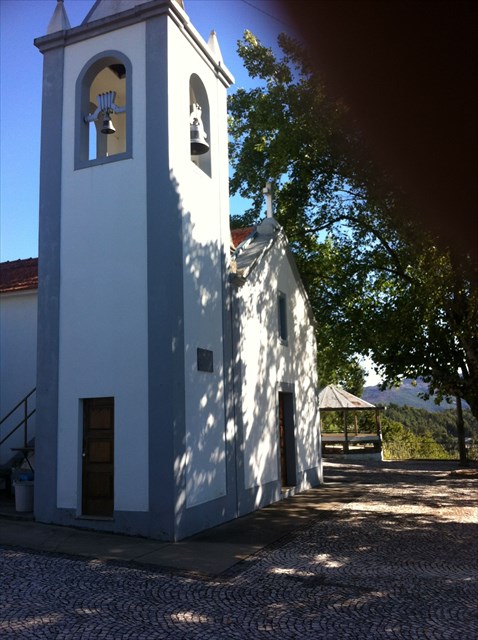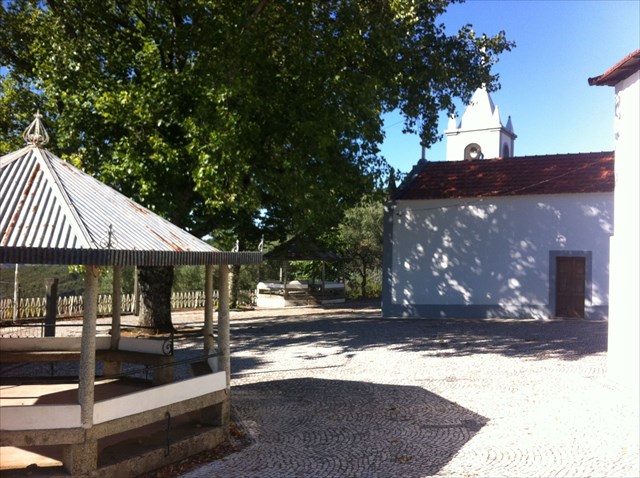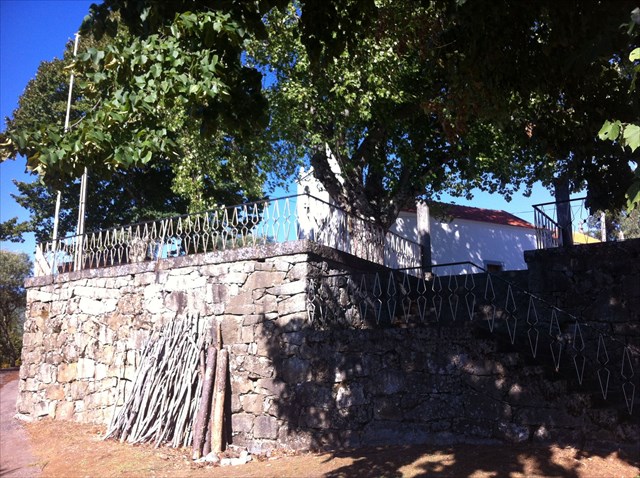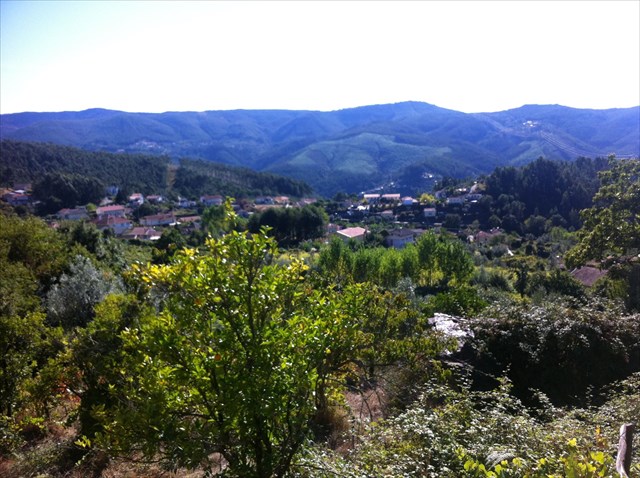Pelágio (ou Paio), filho de um homem rico irmão do bispo de Tuy, viveu na Galiza, no séc. X.

Abderramão III, rei emir de Córdova, quis assenhorear-se das restantes províncias de Espanha, habitadas pelos cristãos. Para alcançar os seus objetivos, chamou em seu auxílio os mouros de África. Isto aconteceu por volta de 920.
Após uma renhida batalha em que o exército mouro venceu o cristão, muitos homens foram levados cativos para Córdova. Entre eles ia Hermígio, o bispo de Tuy, que encerraram numa masmorra carregado de grilhões. Após um ano e meio de cativeiro, conseguiu angariar a soma exigida pelos mouros para o seu resgate. Mas, em cumprimento da palavra dada, teve de deixar entre os reféns o seu sobrinho Pelágio, um jovem talentoso e dotado de uma grande coragem.

Foi então que Abderramão, ao ter conhecimento da fé ardente do sobrinho do bispo de Tuy, o procurou afastar da sua fé, fazendo-lhe as mais vantajosas promessas. A resposta do jovem Pelágio não se fez esperar: “Fica sabendo que tudo quanto me ofereces tem um fim mortal; não assim os bens que, sendo cristão, espero conseguir. Jamais negarei o meu Senhor Jesus Cristo, a quem adoro e confesso por verdadeiro Deus.”
Vendo o rei mouro que era inflexível a fé do jovem cristão, mandou que o sujeitassem aos mais variados tormentos e o despedaçassem. Depois de decapitado e despedaçado, o corpo de Pelágio foi lançado ao rio Guadalquivir. O combate entre a vida e a morte tinha-se prolongado entre as onze e meia da manhã e as duas da tarde. Era o dia 26 de Junho do ano 925, domingo.
São Pelágio é festejado anualmente, no segundo domingo de Julho, na capela da qual é titular, no lugar de Vila Viçosa, da freguesia de Espiunca (Arouca).

Pelagius (or Paio), son of a rich man's brother of bishop of Tuy, lived in Galicia, in the century. X.
Abd-ar-Rahman III, king emir of Cordoba, wanted to take over the other provinces of Spain, habited by Christians. To achieve it, he called the Moors of Africa. This happened around 920.
After a hard battle in which the Moorish army defeated the Christian, many men were taken captive to Cordoba. Among them was Hermínio, the bishop of Tuy, which ended in a dungeon full of chains. After a year and a half of captivity, he managed to raise the sum required by the Moors for his rescue. But in fulfillment of the given word, he had to leave for the hostages his nephew Pelagius, a talented young with great courage.
Then Abd-ar-Rahman, to be aware of the ardent faith of Tuy bishop's nephew, sought away from his faith, making him the most generous promises. Pelagius's response was immediate: "You should know that whatever you offer me have a dead end; not so the goods, as a Christian, I hope to achieve. I never deny my Lord Jesus Christ, whom I love and confess to the true God. "

Seeing the Moorish king the faith of the young Christian, ordered the various torments. After beheaded and smashed the Pelagius's body was released to the Guadalquivir river. The fight between life and death had been prolonged between eleven thirty in the morning and two in the afternoon. It was on 26 June of the year 925, Sunday.
St. Pelagius is celebrated annually on the second Sunday in July, in the chapel of which is the holder, in place of Vila Viçosa, Espiunca (Arouca).
